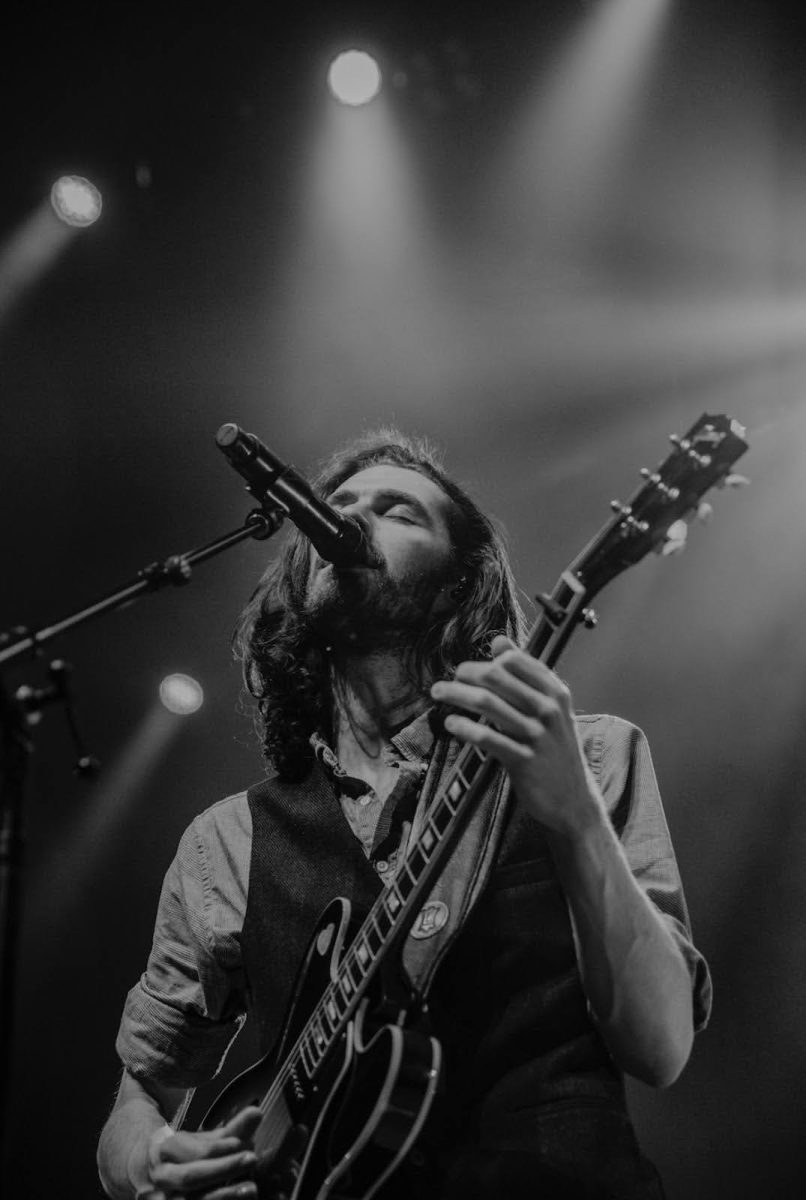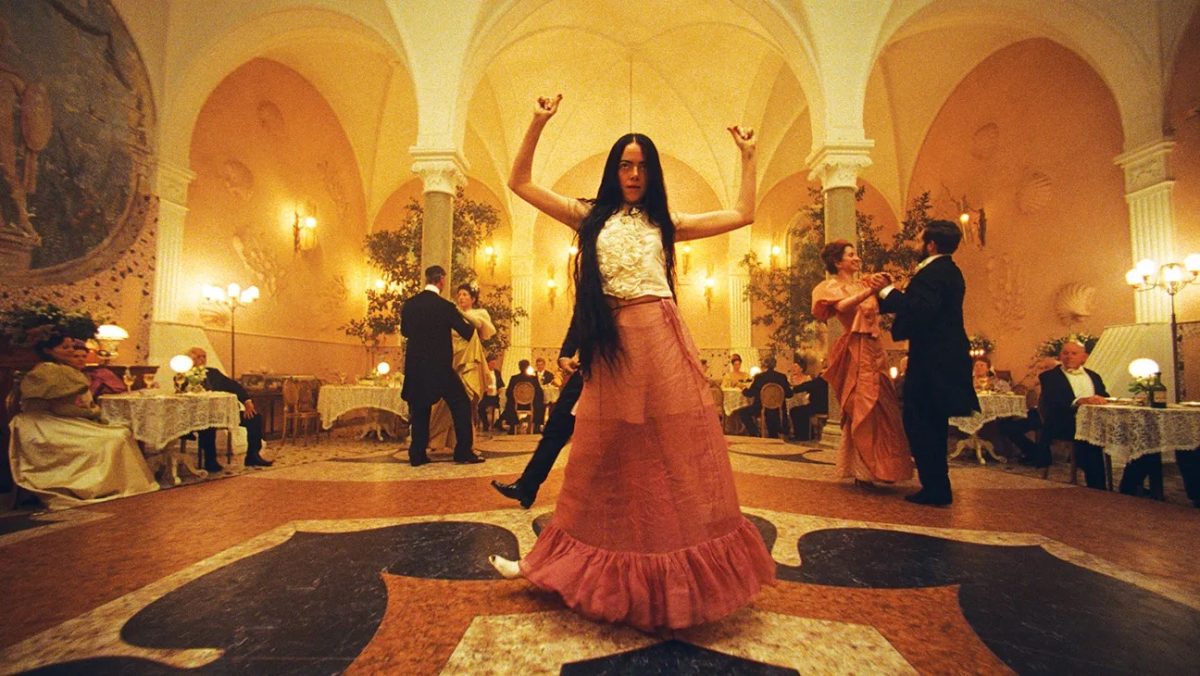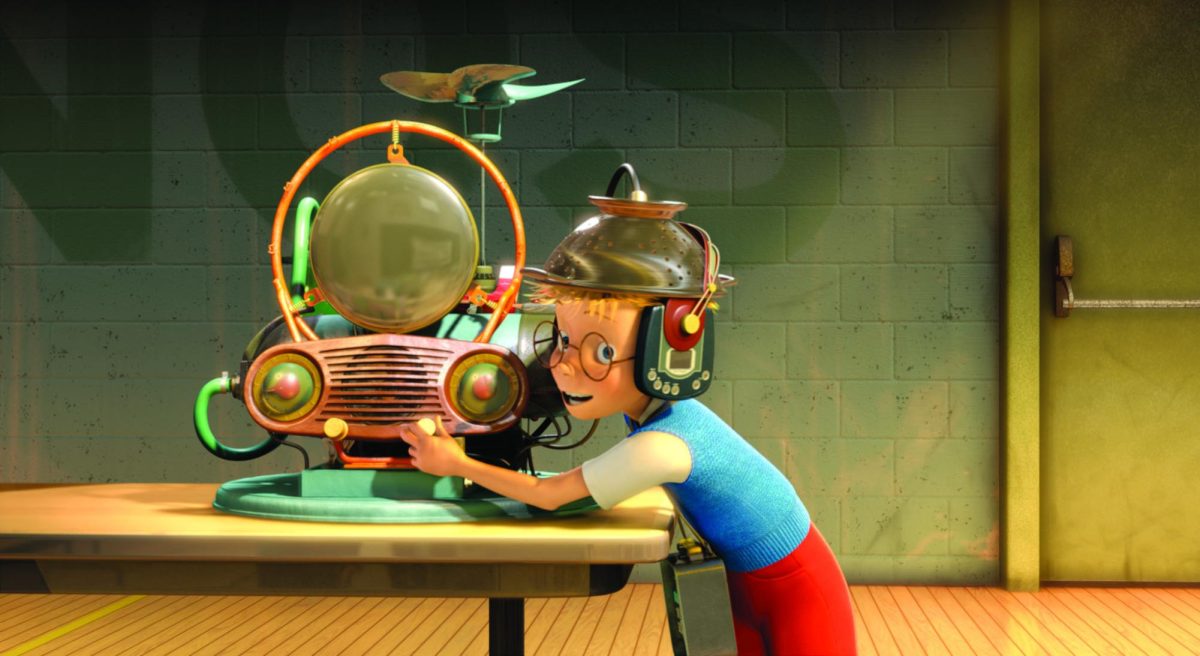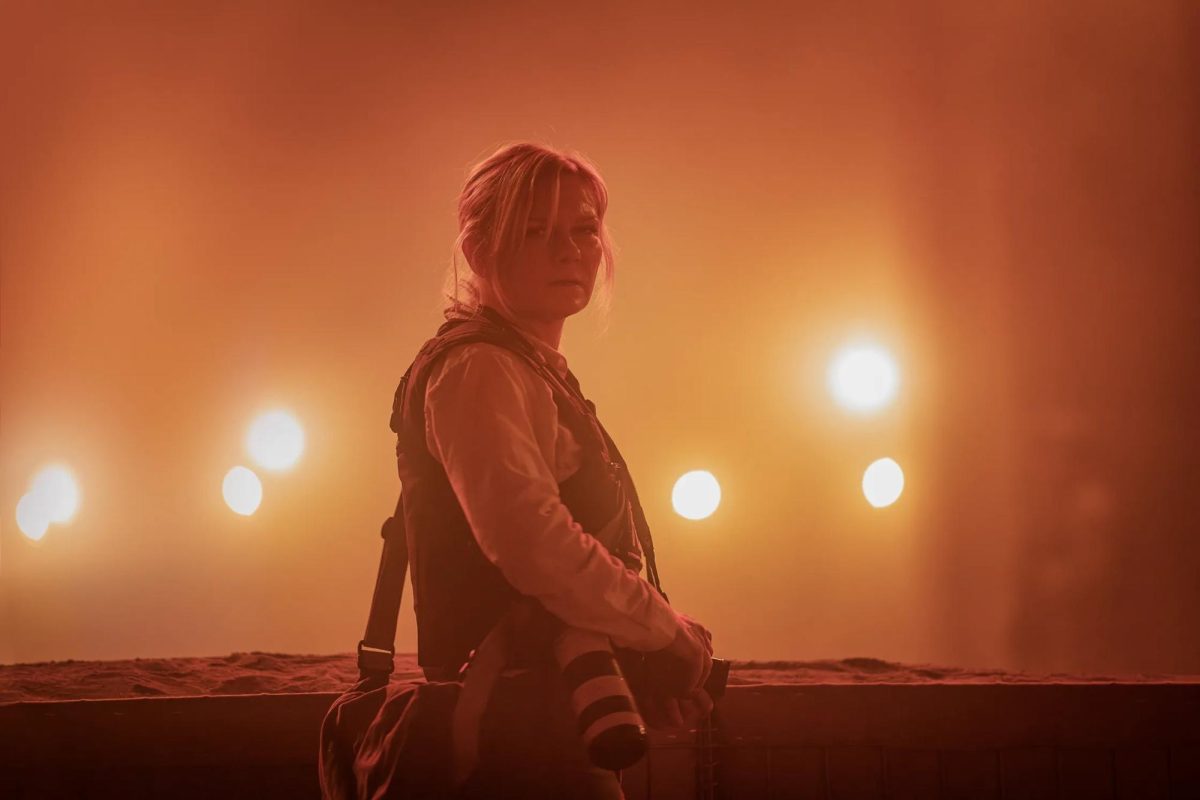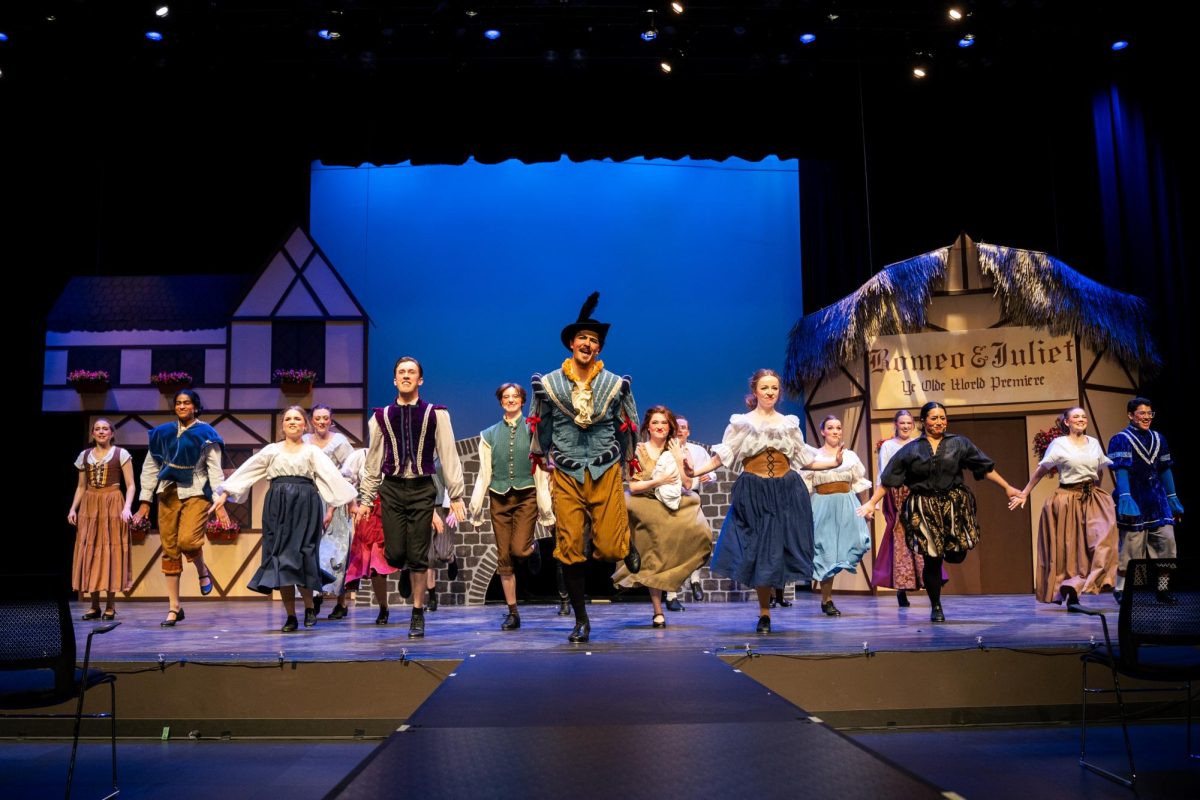Today, those who look back upon the 1950s picture the attractive “”Pleasantville”” woman in a full dress, apron and pearls, vacuuming in high heels and baking a sumptuous roast as she cleans.
Her equally young and attractive husband will come through the front door, take off his hat with a gleaming smile and chime, “”Honey, I’m home!””
These wholesome scenes of family life are perceptions of what existed in the ’50s, left behind by reruns of black-and-white sitcoms like “”Ozzie and Harriet.”” These shows, along with music and movies, give us tiny vignettes of ’50s life as well as cultural ideals and social conditions that affected those who lived then.
Now let’s sit back and take a stroll down memory lane to 1950s America.
Life in Pleasantville
Although most photographs from the 1950s era depict an economically sound time when everyone was moving to suburbs, having 2.5 children and buying new cars, this lifestyle was true for only a fraction of the population.
In this period after World War II, there was widespread economic prosperity, but there were also many minorities such as African Americans, Mexicans and Asians, as well as Italians and Irish who still mostly occupied urban slums while the great “”white flight”” of middle class white folks from urban areas to the new suburbia occurred.
This economic gap between the affluent whites and the less well-off ethnic groups was further exemplified by the segregation within the social structure. In 1954, however, the Brown v. Board of Education of Topeka, Kansas case shook the very foundations of segregation, showing that separate really was not equal. This very public case spurred the civil rights movement with the formation of organizations such as the NAACP and massive movements like the Montgomery bus boycott of 1956.
At the same time, Mexicans were being rounded up and forced to return to Mexico with Operation Wetback. This program, meant to send Mexicans back who came here illegally after the Bracero program brought many over as agricultural workers, was also used to force many Spanish-speaking people to return to Mexico despite their legal status.
Irish, Italian and Jewish people were also excluded from Protestant-run housing and country clubs, as recounted by UCSD literature professor Winnie Woodhull.
Woodhull says that Italians and Irish often occupied poorer urban areas, while the Jewish, who were able to “”infiltrate”” the white suburbs, were still discriminated against. Essentially, anyone not of White Anglo-Saxon Protestant descent was not welcome in the 1950s.
Many times, when we look back on the 1950s, this information is largely ignored while the positive aspects like movies and music that came out of it are exemplified as being indicative of that time period. Although many could not participate, the dominant culture tells a lot about the people of the time and their ideals.
Genesis of TV Classics
Of all technological inventions, the most marvelous must be the television.
The first “”practical”” television system was made in the 1940s, and by the early 1950s, many middle class white families had one.
But television back then was not like it is now. All programs were in black and white, and there were no remote controls (gasp!), and shows were only on in the evenings and afternoons. Yet despite this small amount of programming, the popularity of television grew dramatically; people soon gathered around the windows of shops hoping to see this nifty new marvel.
While radio had been the main form of mass communication in preceding decades, television displaced the importance of radio, as can be seen by looking at the move of radio shows to television such as “”I Love Lucy”” and “”Amos and Andy.””
With the appearance of television, a whole new lineup of entertainment genres also popped up including sitcoms, westerns, quiz shows and dramas.
The most popular sitcoms of the 1950s were the family shows that appealed to white audiences — shows such as “”The Honeymooners,”” “”I Love Lucy,”” “”Dennis the Menace,”” “”Make Room for Daddy”” and many others that we still remember today. Although slightly different, these shows portrayed relatively stable families with working fathers, complacent stay-at-home wives and mischievous children.
There was controversy over television shows, however, that upset the television viewing public. When “”Amos and Andy”” was a radio show, it had two white men portraying two African-American men: actors Freeman Gosden and Charles Correll. When the show moved to television, the characters were portrayed by two black men: actors Alvin Childress and Spencer Williams. But the characters were offensive, and with the help of the NAACP, CBS cancelled the show in ’53. The times were changing, and this type of degrading entertainment was no longer accepted.
And who doesn’t love game shows? In the ’50s, game shows were intensely popular. Each Sunday, thousands would tune in to watch “”The $64,000 Question.”” New quiz shows like “”The Price is Right,”” “”What’s My Line?”” and “”Twenty-One”” were immensely popular, despite the fact that some of the games were rigged.
While the trusting public had been rooting for contestants they thought should win, behind the scenes, favorable contestants were given the answers beforehand. On the show “”Twenty-One,”” Charles Van Doren won $129,000 with the help of producers. On “”The $64,000 Question,”” however, Dr. Joyce Brothers proved the television gods wrong when she won $64,000 after being preselected to lose.
And who can forget Walt Disney?
As the pioneer in children’s and family entertainment, Disney produced numerous family films — animated and live action — from “”Snow White”” to “”Old Yeller.”” In the 1950s, with the invention of television, Disney produced “”The Wonderful World of Disney,”” and probably the most historic of these shows was “”The Mickey Mouse Club.””
Interestingly enough, in “”The Mickey Mouse Club,”” all of the kids were homogeneously Anglo-American, as pointed out by Woodhull. Many of them changed their names, such as Don Gratzia, who changed his name to Don Grady.
Other successful themed programs were “”Fantasy Land,”” “”Frontier Land”” and “”Tomorrow Land”” (Are these starting to sound familiar?).
There were also many other programs that helped define the ’50s, such as “”American Bandstand,”” “”Superman,”” “”Zorro”” and don’t forget boxing. But films, which had been waning with the introduction of television, were also a major part of the 1950s.
The Silver Screen
Woodhull recalled that in the ’50s, young children were often given two quarters to see the pictures on the weekends — one for the movie and one for a snack. Oh, the good ol’ days.
The movies then were surrounded by an ambience of magic and wonder that accompanied the scene of children and teens seeing new movies and experiencing new technology like 3-D pictures and drive-ins.
The starlets and the heartthrobs of the 1950s caught the attention of people across the country, especially those of teens. With the introduction of Elvis, Marilyn Monroe and other teen magnets, teens suddenly emerged as a sociological category.
Rebellion and sex became appealing as stars like Marlon Brando, James Dean and Paul Newman appeared in Hollywood. Films like “”Rebel Without a Cause”” or “”East of Eden”” portrayed the rebellion and conflict that existed. The growing importance of teens can also be seen in literary works that came out of the ’50s like J.D. Salinger’s “”Catcher in the Rye”” and Jack Kerouac’s “”On The Road.””
Alfred Hitchcock perfected the genre of horror films during the 1950s. How can anyone forget his classic movies like “”Psycho,”” “”Vertigo”” or “”Rear Window””? Although Hitchcock was famous for these types of films, we mustn’t forget his great romantic thrillers or adventures like “”To Catch a Thief,”” “”Suspicion”” and “”Strangers on a Train.”” It’s these films that cemented the careers and popularity of Cary Grant and Ingrid Bergman.
The alluring Elizabeth Taylor, a definitive star by the 1950s, had several groundbreaking performances during this decade in films such as “”Giant”” (with James Dean) and “”Cat on a Hot tin Roof”” (opposite Paul Newman). But her performances not only ensured her position as an invaluable actress, they also established the career of writer Tennessee Williams, who wrote many dramas that took place in the South. His most famous works include “”A Streetcar Named Desire,”” “”Cat on a Hot Tin Roof”” and “”The Glass Menagerie.””
Williams’ “”A Streetcar Named Desire,”” starring Marlon Brando, was directed by Elia Kazan. One of the most respected directors of his time, Kazan also directed the equally powerful and gripping films “”East of Eden”” and “”On the Waterfront.”” These films presented very strong messages about social classes, family structure, age differences and the postwar era.
To accomplish this he took big risks by employing very powerful, young actors like Dean and Brando. Despite his accomplishments in film, his name later became marred during the McCarthy trials.
And we can’t overlook the romances that defined this era: romances starring Audrey Hepburn, Gregory Peck, James Stewart, Katherine Hepburn, Cary Grant and many others. This was when romance stories were still new and when movies actually had plots. In addition to romances, comedies were also very prominent, making comedians such as Jerry Lewis cultural icons. Although there are many more movies and genres (such as sci-fi films, teen flicks, family movies, etc.) and actors and directors, we must now leave Hollywood and look at music.
That Darn Rock ‘n’ Roll
When many people think of ’50s music, they most likely think of Elvis and Frank Sinatra, but music of this decade encompassed much more.
The ’50s started with innocent bubble-gum pop, which featured sweet lyrics and upbeat tunes. Who doesn’t love the sweet harmonies of the Chordettes’ “”Mr. Sandman”” or The Crew Cuts’ “”Sh-boom””? Bubble-gum music personified the innocent, fun-loving atmosphere of the early 1950s, but this music eventually gave way to early rock ‘n’ roll and rhythm ‘n’ blues.
In 1954, Elvis and his famous pelvis burst onto the music scene. Elvis broke convention because, unlike other artists, he was a white guy who could perform like a black guy. Before then, it had been popular for white artists like Pat Boone to do covers of R&B songs. But we can easily see why that practice stopped. Have you ever listened to Pat Boone’s version of “”Tutti Frutti””?
By 1956, Elvis had become a recognizable star with the help of his performance on “”The Ed Sullivan Show,”” where he was seen by 52 million people. And within the next four years, he produced some of his most well-known hits: “”Heartbreak Hotel,”” “”Hound Dog,”” “”Love Me Tender,”” “”Jail House Rock”” and lots more.
It was in the ’50s that black artists finally became popular. Of these, the most famous were The Platters (“”Only You””), Frankie Lymon and the Teenagers (“”Why do fools fall in love?””) and Little Richard (“”Tutti Frutti””). Although black artists were still largely segregated from white audiences and performers, they were slowly breaking down barriers as more teens began to listen to R&B.
Moving Towards the 1960s
Although the ’50s have passed, we shouldn’t forget the importance of the things that came out of it. Teens became a major sociological category and force for change, advancements in film were made, television debuted, and rock ‘n’ roll and R&B began their ascent. Although there were many more cultural aspects of the ’50s, we start to sense the growing wave of rebellion of teens in the television shows, movies and music of the time that would eventually grow into the full counterculture movement of the 1960s.


